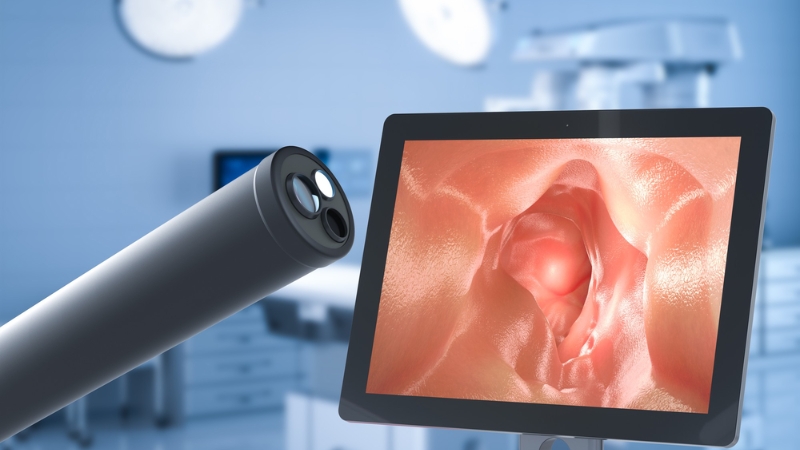Sigmoidoscopy"Targeted Assessment for Colorectal Well-being."

Our medical center specializes in sigmoidoscopy services, which are diagnostic procedures used to check the bottom region of the colon for a variety of illnesses. Our services are tailored to provide accuracy, patient comfort, and prompt diagnosis of health issues, as we acknowledge the significance of sigmoidoscopy in diagnosing and resolving colorectal diseases. This section will discuss the importance of sigmoidoscopy, the conditions it can be used to identify, possible concerns, and the unique qualities that set us apart as a reliable source of top-notch gastrointestinal diagnostic services.
What Is Sigmoidoscopy?
The lower portion of the large intestine, known as the sigmoid colon, is examined using a diagnostic technique called sigmoidoscopy. It entails looking at the lining of the rectum and sigmoid colon using a flexible tube called a sigmoidoscope that is fitted with a light and camera.
Why Is Sigmoidoscopy Necessary?
- Colorectal Screening: For colorectal screening, sigmoidoscopy is used, with an emphasis on the lower part of the colon. It assists in locating anomalies like polyps or indications of inflammation.
- Investigation of Symptoms: Investigating signs such rectal bleeding, altered bowel habits, or lower abdominal pain are some of the reasons this treatment is used.
- Follow-Up for Previous Conditions: For those who have a history of colorectal problems, such as polyps or inflammatory bowel disease (IBD), sigmoidoscopy may be advised as a follow-up procedure.
Possible Risks:
Even though sigmoidoscopy is usually safe, there are a few minor hazards involved, such as bleeding, infection, or a sedative reaction. These are uncommon dangers, and the process is carried out under close observation.
Procedure for Sigmoidoscopy:
- Preparation: Patients might have to adhere to a strict diet and undergo colon cleansing with enemas.
- Insertion of Sigmoidoscope: The sigmoid colon is reached by carefully inserting the sigmoidoscope through the rectum.
- Visual Examination: The rectum and sigmoid colon linings are visually inspected by the gastroenterologist in order to detect any abnormalities.
- Biopsy or Treatment: The gastroenterologist may conduct a biopsy or administer therapy during the operation if anomalies are found.
The goal of our sigmoidoscopy services is to improve colon health by providing accurate diagnoses and focused assessments. To ensure a comprehensive evaluation of the sigmoid colon, our skilled gastroenterologists employ cutting-edge procedures, whether for routine screening or diagnostic purposes. Our medical staff is available to answer any questions you may have regarding sigmoidoscopy. Please contact them for more information.
Top Asked Questions and Answers:
FAQ (Frequently Asked Questions):
+91-9144411108
Emergency Cases

